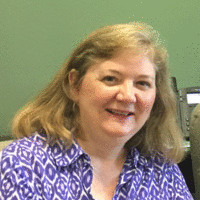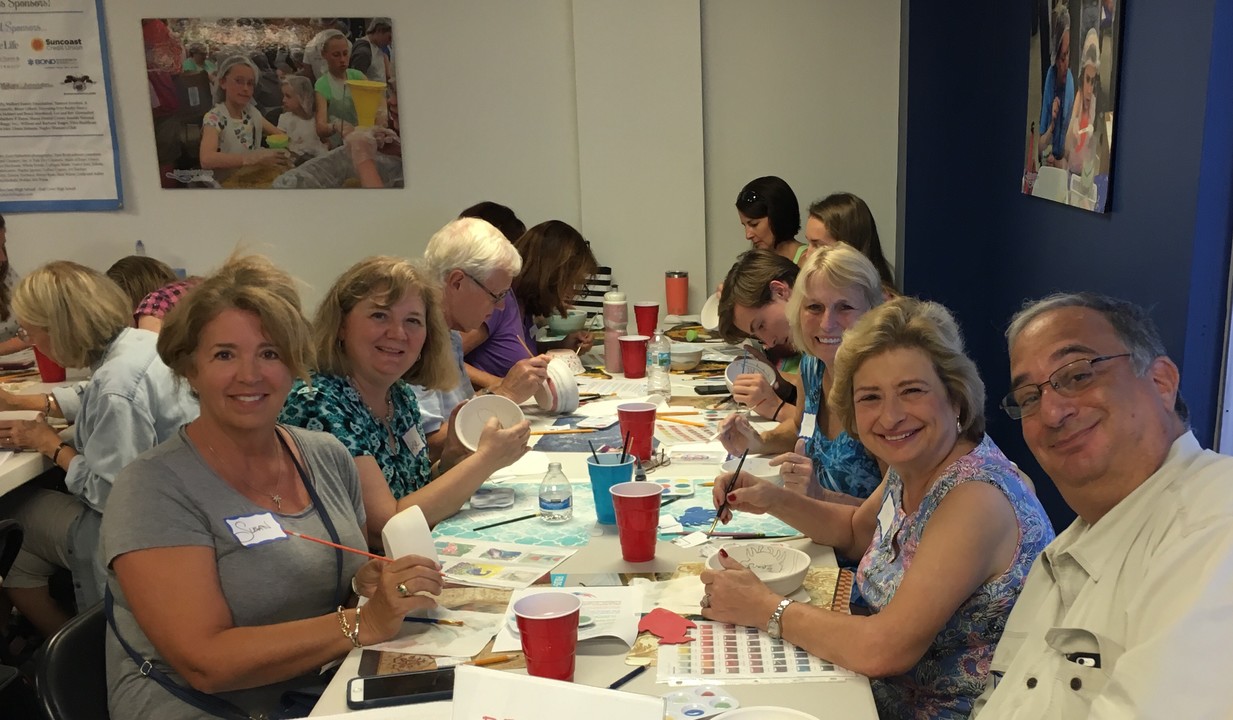Loneliness impacts all age groups. Let that sink in for a minute. It used to be that the word loneliness was only associated with elders sitting alone in rocking chairs watching TV for hours on end. In this article, 20-somethings are lonely from sitting for hours on end on their smart phones.
I’m really glad to see the lid is coming off loneliness. I did a TEDx talk in 2013 called “Living Alone, Living Connected” about my personal struggle with loneliness after moving to Minnesota as a single person over 40. It’s hard making friends and growing new social ties in a new place, especially one like Minnesota where folks have friends dating back to kindergarten.
How did I resolve the problem? Well, I moved to Florida. Everyone here is a transplant, so it’s easier to make friends. 🙂
What have I learned? “Social prescriptions” are the answer to loneliness.
Loneliness needs to be handled like a medical problem. It’s as bad for our health as smoking, obesity and alcoholism. In England, when someone visits a doctor, the patient will be asked about the quality of their social connections. An individual with weak social connections gets a “social prescription,” like working with others to plant a community garden. “Connections magic” happens when people work together for the common good. Pictured above is a group I hosted to paint for Empty Bowls, a non-profit selling painted bowls to feed the homeless.
There are 3 ingredients for making friends:
- geographic proximity
- unplanned frequent interactions (think of the places where you see people regularly without having to plan it – the gym, classes, volunteering, your local library, etc.)
- being able to be your “real self.”
How did I meet my best friend? An Improv class – way outside my comfort zone – 6 classes of looking foolish and Dan is one of the best friends I’ve ever had. 🙂
What will be your social prescription?
This article originally appeared on LinkedIn.com
Read more about Plan B Connections here.


